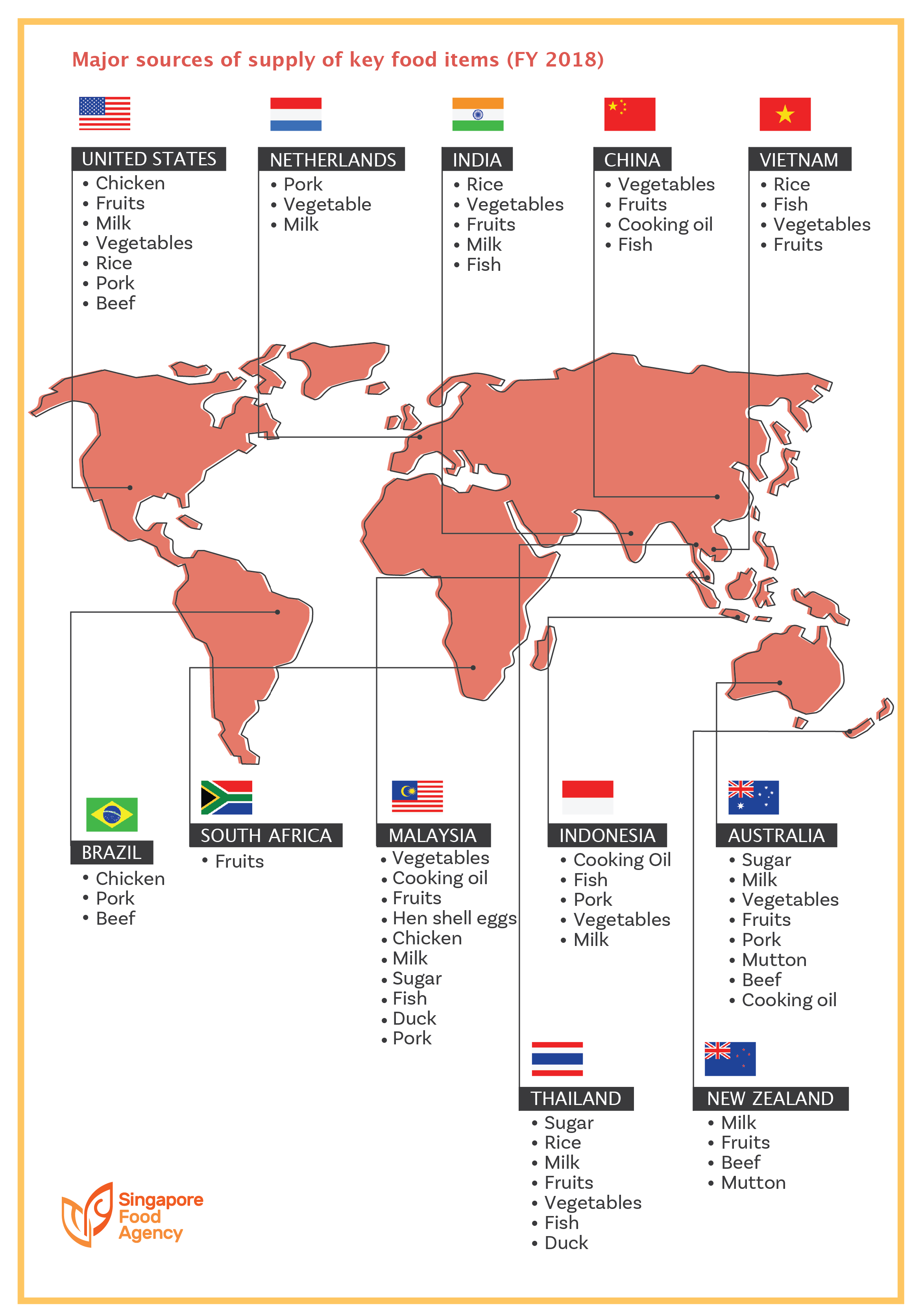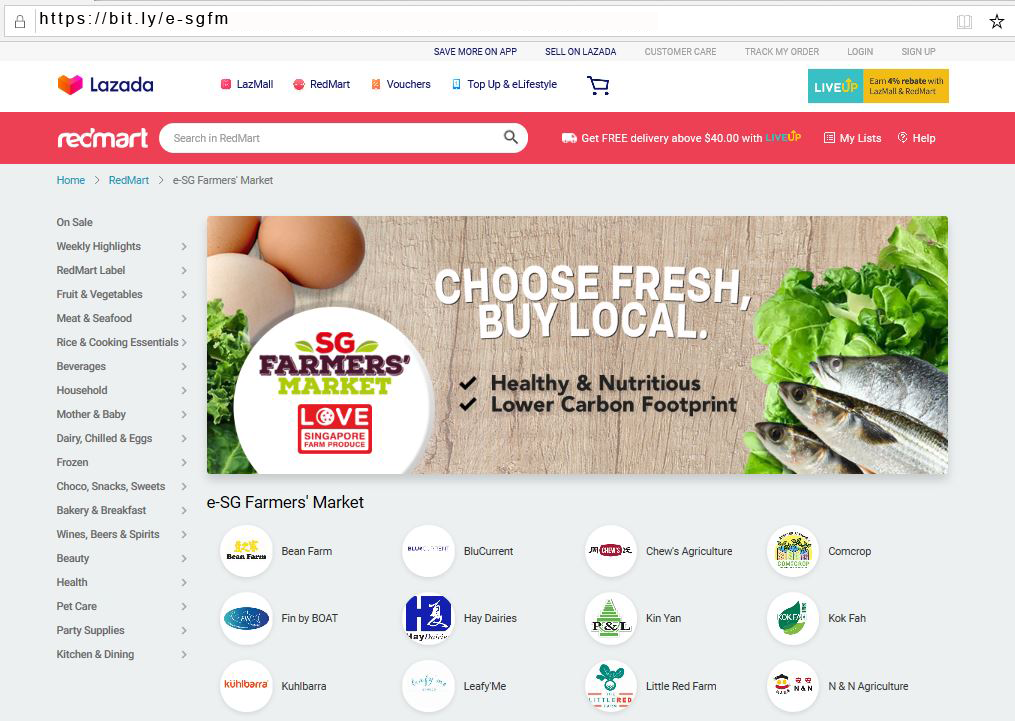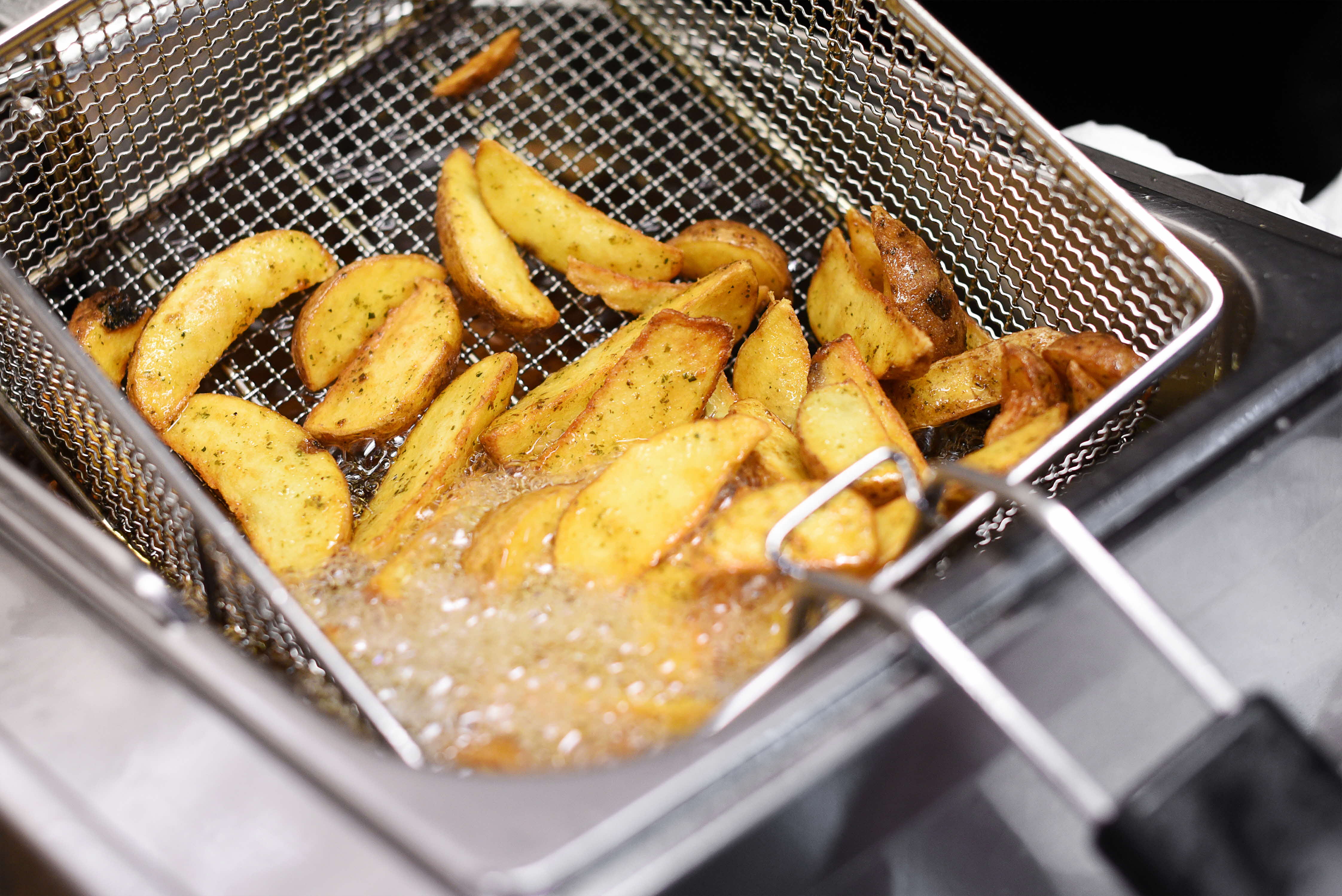
Food has an epicurean appeal, ties people together, and is an expression of a society and culture. These are qualities we commonly associate with food — when it is easily available and accessible. But when its supply is threatened or disrupted, the emotional value of food takes a back seat to its existential importance. The business of feeding a nation is a national security priority.
To ensure and secure a supply of safe food for Singapore, SFA adopts the three main strategies of: (1) diversify import sources, (2) grow local, and (3) grow overseas.
While we have set the stage with effective strategies, we operate in a milieu where natural resources are limited, effects of climate change are imminent, and geopolitical or disease situations are unpredictable. To mitigate and overcome these challenges, we need the collective efforts of the government, industry, and public.
Source diversification has served us well
Singapore imports more than 90 percent of its food from about 170 countries and regions. This source diversification strategy has served us well over the years, helping us to weather through short term disruptions that have occasionally arisen from supply shortages overseas from time to time.
 Singapore imports more than 90 percent of its food from about 170 countries and regions. This is a brief overview of our major sources of key food items.
Singapore imports more than 90 percent of its food from about 170 countries and regions. This is a brief overview of our major sources of key food items.
We have proven resilient to such disruptions, largely thanks to the astute planning of then-AVA (Agri-Food & Veterinary Authority), and the logistics and connectivity of our transport network,” said the Minister for Environment and Water Resources Mr Masagos Zulkifli when he launched the ‘2020: Singapore Food Story’ on 10 February 2020.
Our importers have also done well in continually diversifying their sources, so that when one supply source is hit, they can activate alternatives to make up the shortfall. This includes recent episodes where Singaporeans rushed to stock up on essential food and household items, after the disease outbreak response level to COVID-19 was raised on 7 February 2020, and when Malaysia announced a Movement Control Order that came into effect on 18 March 2020.
He continued, “That is why, when some consumers started buying up food last Friday (7 February 2020), and photos of empty supermarket shelves were circulated, we were able to say with full confidence that there is enough food for everyone. There is no risk of us running short of essential food and household items”.
To keep our diversified food supply lines intact, Singapore partners with like-mind countries to keep trade links open. In March 2020, amidst the COVID-19 global pandemic, Australia, Brunei Darussalam, Canada, Chile, Lao PDR, Myanmar, New Zealand, Singapore and Uruguay affirmed their commitment to maintain open and connected supply chains.
Increase local production with ‘30×30’ goal
Nevertheless, with climate change, disease outbreaks, human-related disasters, and population growth, Mr Masagos said Singapore can neither take food security for granted, nor rely on the same game plan anymore. To game-change food security, Singapore must do more to increase local production.
As such, the Ministry of Environment and Water Resources (MEWR) and SFA will be devoting this year’s efforts on the strategy of local production — with a goal of meeting 30 percent of Singapore’s nutritional needs by year 2030 (‘30×30’).
| . | 30×30 Express Grant for local farmers to accelerate production, as quickly as within 6 months The current COVID-19 situation underscores the importance of local food production. A home-grown supply of food helps to reduce our reliance on imports and provides the necessary buffer in the event of food supply disruptions. It is more important now than ever to accelerate our move to meet the ‘30×30’ goal. We need the agri-food industry to significantly ramp up local production in eggs, leafy vegetables, and fish — and do so quickly. As such, SFA announced on 8 Apr 2020 that it is establishing a $30-million 30×30 Express Grant, which opens for application on 17 Apr 2020. Recipients of the 30×30 Express Grant will get a shot in the arm to: (i) defray the upfront costs needed to expand farm production capacity within the next 6 to 24 months; and (ii) co-fund productivity-enhancing technology systems. Local producers of eggs, leafy vegetables, and fish will be invited to submit their proposals. These are food items that are commonly consumed in Singapore, and that Singapore already has capabilities to produce locally. They are also more perishable and hence susceptible to supply disruptions. The 30×30 Express Grant will complement SFA’s existing Agriculture Productivity Fund (APF), which will continue to help farms harness innovative, sustainable technologies and advanced farming systems, as well as co-fund test-bedding of technologies. Government agencies will also work together to identify alternative farming spaces, such as industrial areas and vacant sites that can be transformed into food production facilities. For example, SFA will tender rooftop spaces on HDB multi-storey car parks for rooftop urban farming from May 2020 onwards. | . |
“It is a big challenge, as we are aiming to meet these needs using less than 1 percent of our land area in Singapore,” said Mr Masagos, admitting that this is “the most ambitious”.
“However, this is also the most critical piece, much like enabling NEWater was a critical step in our pursuit of resilient supply of water”
Local production must be resilient against climate, resource, and economic constraints
He added that the plan is for Singapore’s food production to grow its resilience against climate change, resource constraints, and economic pressures. Farms must leverage on science, technology, and innovation as enablers to achieve these three types of resilience.
Over the past five years, $38 million from the Agriculture Productivity Fund have been committed to support about 100 farms in their efforts to raise productivity and build resilience against climate change. Another $144 million from the National Research Foundation has been committed to fund agri-food research.
On the resource front, more farmers are beginning to adopt space-efficient and environmentally sustainable practices such as indoor farming and vertical farming. The use of resource-saving LED technology and solar panels is also on the rise.

Role and voices of consumers
Over the years, the government has been encouraging consumers to support our farmers by choosing local produce. Their spending choices contribute directly to the commercial viability of local farmers and Singapore’s food security.
To further promote and help consumers better recognise local produce, SFA brought the industry and public together in the co-creation of a new logo that was unveiled by Mr Masagos at the ceremony. (Read more: New logo launched to help consumers identify local produce)
Beyond presence in brick-and-mortar stores, consumers can now also place online orders for local produce at https://bit.ly/e-sgfm.
SFA will continue to partner with grocery retailers to raise awareness of local produce through joint promotions and in-store messages. Beyond presence in brick-and-mortar stores, consumers can now also place online orders for local produce through the Lazada Redmart website/mobile app (under e-SG Farmers’ Market section).
“Besides support from corporations, we also want to hear the voices of Singaporeans and co-create solutions together,” Mr Masagos highlighted in his speech. The public can look forward to the formation of a Citizen’s Workgroup, which will provide a platform for citizens from diverse backgrounds to work together and explore ways to increase demand for local produce.




